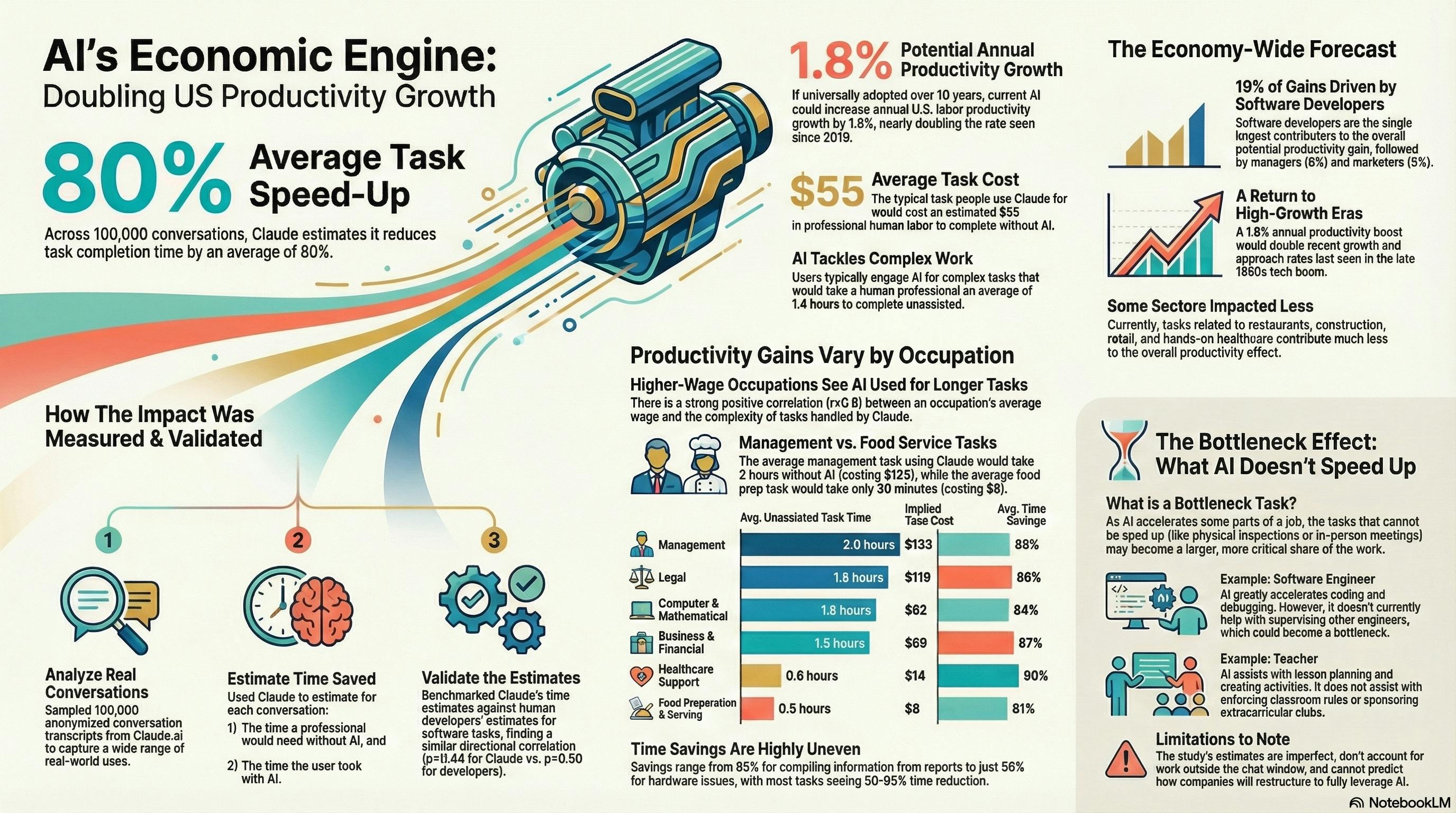Apple and/or its customers were facing billions of dollars a year in additional costs after increases to US tariffs on Chinese imports imposed by the Trump administration earlier this year. The company had initially absorbed these costs, but it was unclear how long that might last, with future price rises seeming likely.
There’s some good news today, however, with Trump halving the additional tariffs imposed after meeting with China’s President Xi. Additional tariff increases that were scheduled to come into effect shortly have also been suspended …
A quick recap
The US government has always imposed product-specific tariffs on products imported from China. These apply whether the company selling those products is Chinese or American.
However, the Trump administration back in February announced that it was adding a further tariff on top of existing ones for all products imported from the country.
There were multiple arbitrary changes to the additional tariffs within a four-month period. A 10% tariff became a 20% one, and then a further 34% was added on top of this. When China matched this, Trump increased the tariff to 104%, which China again mirrored. Later the same day, Trump increased the tariff to 145%. Slightly calmer heads eventually prevailed and the rate returned to 20%, though with further raises still scheduled.
Despite some temporary exemptions, and Apple prioritizing Indian-made iPhones for the US market, the additional tariffs were set to cost Apple billions of dollars per year. The company had estimated costs of $900m in the first affected quarter and suggested that costs in future quarters were likely to be higher still.
Now halved to 10%
The New York Times reports that Trump this morning met with Chinese president Xi Jinping announced afterwards that he had agreed to reduce the additional tariff to 10%.
Mr. Trump told reporters aboard Air Force One, returning to Washington shortly after meeting with Mr. Xi, that he had agreed to halve a punitive 20 percent import duty he had placed on China this year.
Further raises due to be imposed in less than two weeks’ time have now been put on hold.
Mr. Trump and Mr. Xi agreed to a one-year truce, extending a pause they had put in place after tit-for-tat escalations drove up tariffs on each other’s imports to more than 100 percent. They had initially decided to limit additional tariffs in May, and that was extended by three months in August. The current agreement was set to expire on Nov. 10.
Additionally, Trump said China had agreed to suspend measures which would have affected the supply of rare earth metals to US manufacturers. The Chinese government was slightly more muted in its own statement, saying the countries had reached consensus and that “follow-up work” would follow.
Highlighted accessories
Photo by Nick Morales on Unsplash


FTC: We use income earning auto affiliate links. More.











